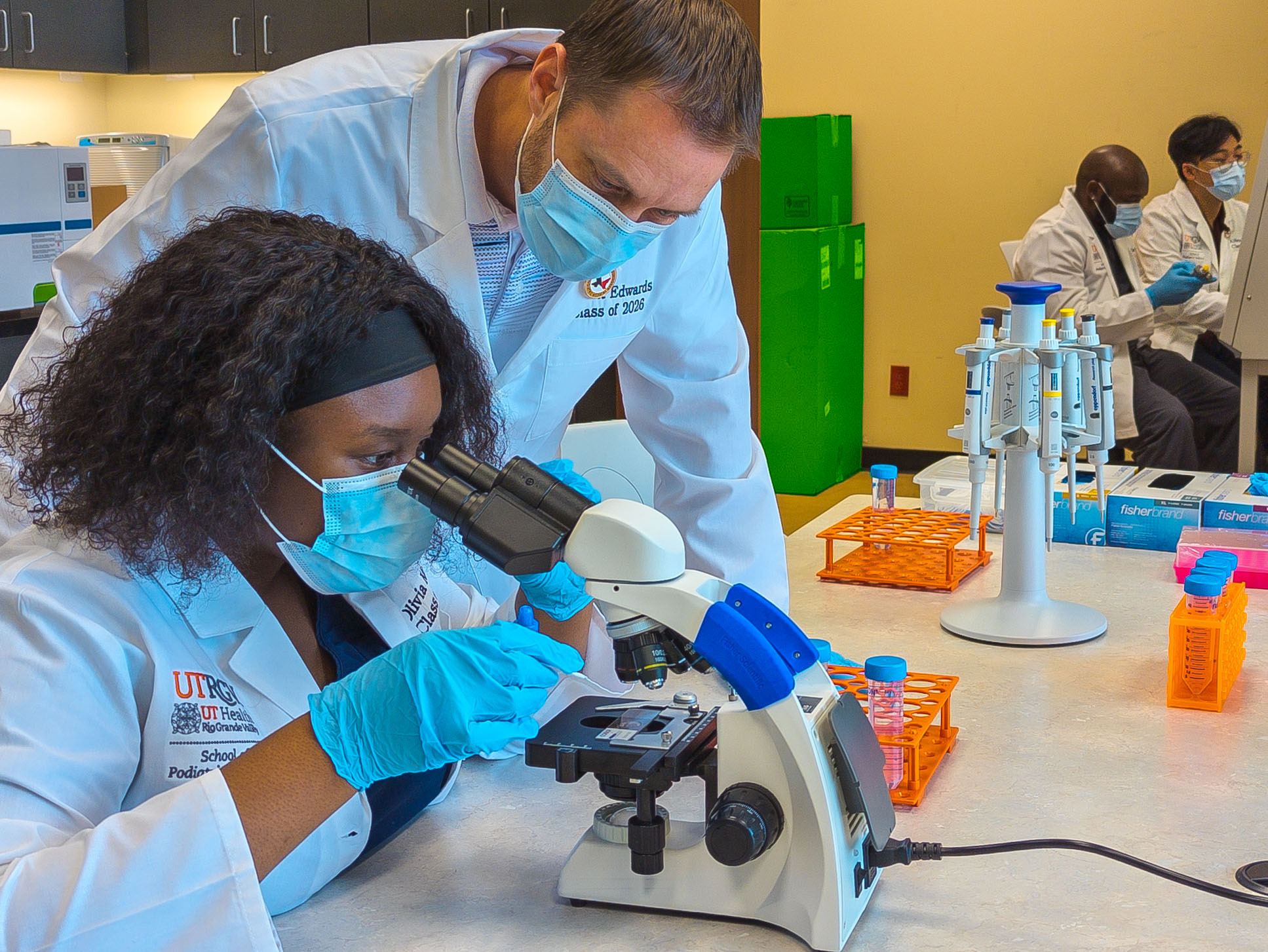Document Type
Article
Publication Date
6-12-2024
Abstract
To reduce diabetes-related complications and to avoid futile procedures, foot and ankle surgeons need to understand the relative timings of catastrophic events, their incidence, and probabilities of transitions between disease states in diabetes in different patient populations. For this study, we tracked medical events (including an initial diagnosis of diabetes, ulcer, wound care, osteomyelitis, amputation, and reamputation, in order of severity) and the time between each such event in patients with diabetes, stratifying by sex, race, and ethnicity. We found that the longest average duration between the different lower extremity states was a diagnosis of diabetes to the occurrence of ulcer at 1137 days (38 months). The average durations of amputation to reamputation, osteomyelitis, wound care, and ulcer were 18, 49, 23, and 18 days, respectively. The length of each disease transition for females was greater, while those of the Hispanic population were shorter than in the total cohort. This knowledge may permit surgeons to time and tailor treatments to their patients, and help patients to address, delay, or avoid complications.
Recommended Citation
Jupiter, D. C., Zhang, Y., & Shibuya, N. (2024). Trajectories of diabetes-related sequelae for identifying transition probabilities, and optimal timepoints for prevention of ulceration, infection, and amputation. The Journal of Foot and Ankle Surgery. https://doi.org/10.1053/j.jfas.2024.05.013
Creative Commons License

This work is licensed under a Creative Commons Attribution-NonCommercial-No Derivative Works 4.0 International License.
Publication Title
The Journal of Foot and Ankle Surgery
Academic Level
faculty
DOI
10.1053/j.jfas.2024.05.013



Comments
Original published version available at https://doi.org/10.1053/j.jfas.2024.05.013